The 1920s in Singapore were exciting times for aviation. Late in 1919, Singapore witnessed its very first inbound flight, a Vickers Vimy which carried four men and which landed at the racecourse (now Farrer Park). In the excitement of seeing the Vimy land, many would have missed the sight of its mechanic, Jim Bennett, sliding along the fuselage toward the aircraft’s tail keep the nose up just before landing. The brave act — the equivalent of flaring on landing today, was quite necessary given the short landing distance required at the makeshift airfield. This would be a pattern for flights into Singapore that would follow, even after a dedicated but still makeshift landing ground had been prepared by filling Government sand pits at Balestier Plain in the early 1920s anticipation of an increase air traffic.

The lack of a proper airfield proved of little deterrence to the string of intrepid aviators that Singapore would see through the 1920s. Many, on their quests for fame, touched down here out of necessity more than anything else, as the technology of the day required multiple stopovers as flights could not take place in the dark and, due to the short range of aircraft then, required to be refuelled every few hundred miles.

Among those who touched down at Balestier Plain was pioneering Australian aviator, Mrs Keith Miller (Jessie Maude “Chubby”) on 7 January 1928. The world had a fascination for the female aviator, who added a touch of femininity and glamour to the skies .She would be the first among several aviatrices to land in Singapore — although she did not actually pilot the Red Rose — a small Avro Avian that was owned and piloted by Captain Bill Lancaster. Capt Lancaster, an RAF pilot, described the aviation ground as a quagmire — something that could also describe the somewhat scandalous relationship that the pair, both of whom had spouses, would forge during the long and eventful journey from England to Australia. The pair, who took off from the racecourse (due to the unsuitability of the aviation ground) two days after landing on 9 January, survived a crash on the island of Muntok that resulted in them spending two months in Singapore having the Red Rose repaired. Repaired and tested, the Red Rose took off once again on 14 March 1928 and arrived in Darwin on 19 March.

Some years later in August 1932, a murder trial involving the killing of a certain Haden Clarke, played out at the Miami Dade County Courthouse. Capt Lancaster had been charged with Clarke’s murder, which took place at a rented Miami home of Mrs Miller. During the trial, a sordid tale of love and betrayal emerged. Mrs Miller, who arrived in the United States with her lover Lancaster with the intent of having her autobiography written. She became romantically involved with Clarke, who she had employed to be a ghostwriter for the autobiography, and the allegation was that Lancaster had killed Clarke out of jealousy. It also emerged during the trial that Clarke had deceived Mrs Miller and was a bigamist. Lancaster was acquitted of the murder, and the pair, who were deemed to have overstayed in the US, were deported.

The development of RAF Seletar, and its opening to civil aviation, would write a new chapter for aviation here in Singapore. The military aerodrome, built to provide air cover for an intended naval base, would see the launch of the first regular air services to and from Singapore “Garbo of the skies”, Jean Batten first between Singapore and the Dutch East Indies and eventually with Europe in 1933. The aerodrome would also serve as a staging ground for several other female aviators attempting to set records flying from England to Australia, who included the likes of Amy Johnson and the “Garbo of the skies”, Jean Batten. By the time of the arrival of Amelia Earhart in June 1937, who was perhaps the best known of teh aviatrices, RAF Seletar was forgotten as a dual-use airport and Singapore’s first civil aerodrome at Kallang, was in operation.

The first inbound flight
Piloted by brothers Ross and Keith Smith, a converted Vickers Vimy — a bomber built for use in the First World War but did not get to see action, touched down at the racecourse on 4 December 1919. Together with mechanics James (Jim) Bennett and Walter Shiers, the Smiths had their eye on a prize money of £10,000 — in excess of S$900,000 in today’s terms — being offered by the Commonwealth Government for being the first to fly from England to Australia. One condition was that the flight was to be done in less than 30 days and the four men were well on their way to achieving that, having arrived in Singapore some 22 days after taking off from Hounslow in London. The historic flight would land in Australian soil at Port Darwin on 10 December 1919, four days after taking off on 6 December from Singapore.
The contents of this post supplement that of my talk (cum virtual tour of old Kallang Airport), “An Aviation Journey“, for Singapore Heritage Festival held on 8 May 2022.




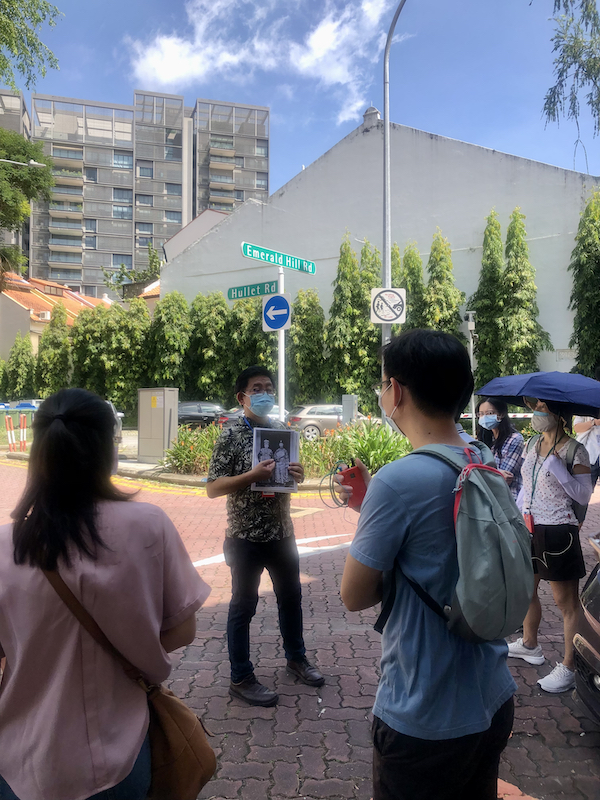

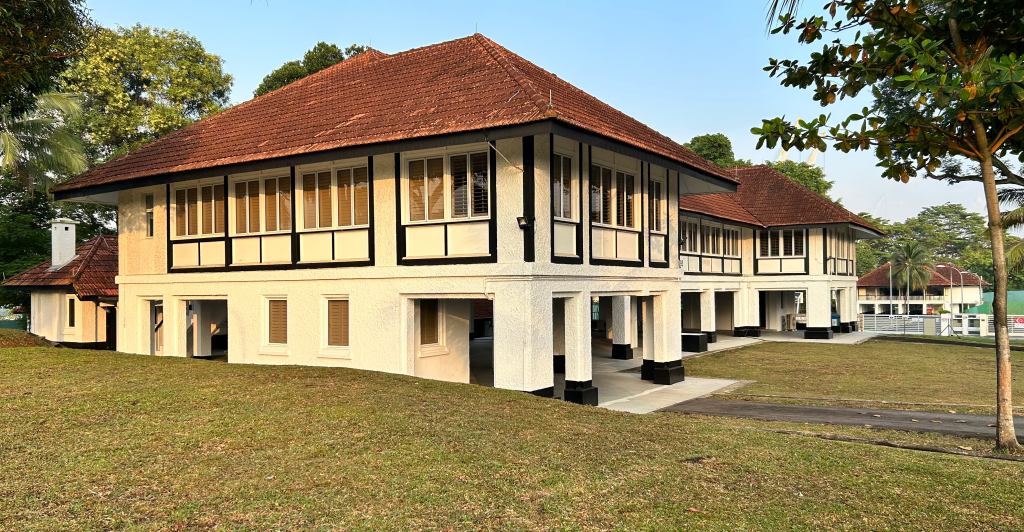


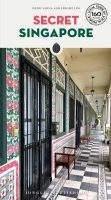


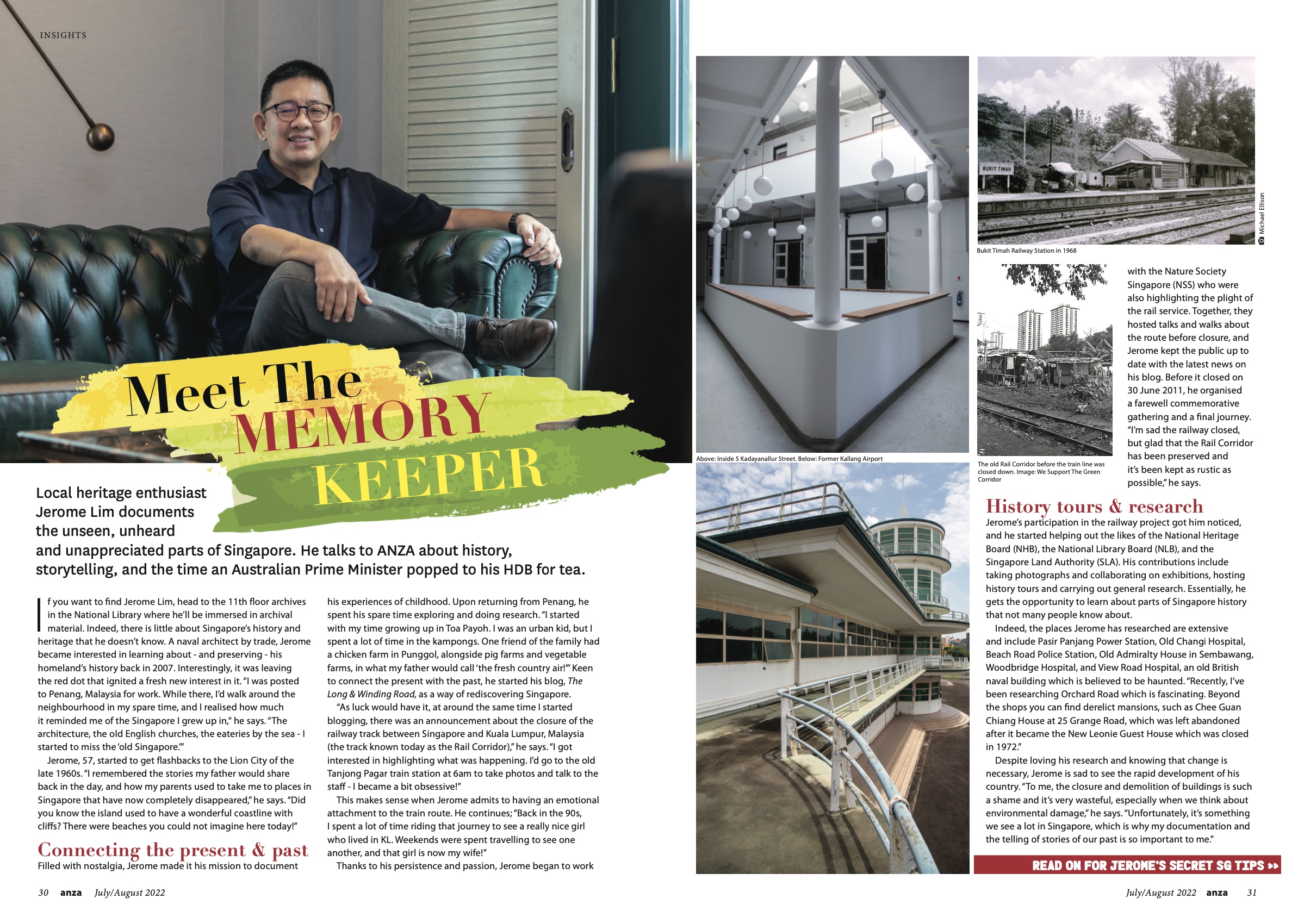









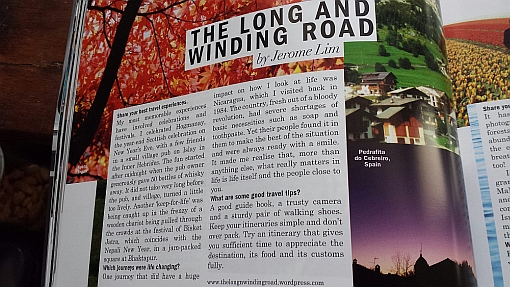
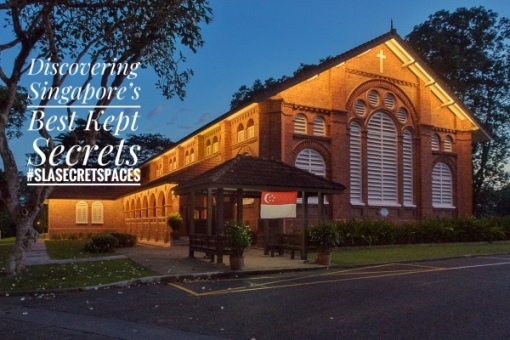
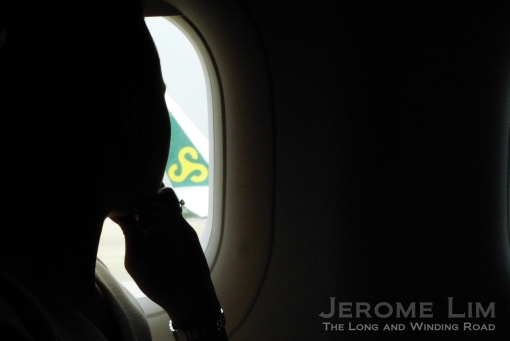
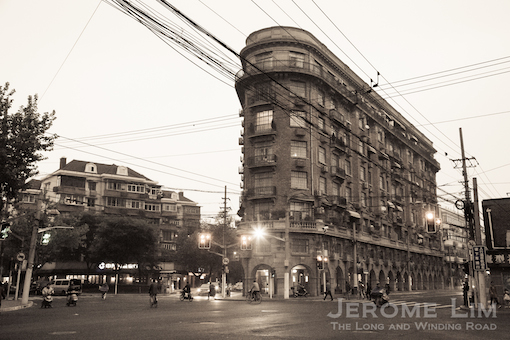



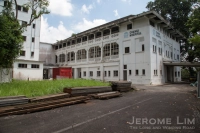
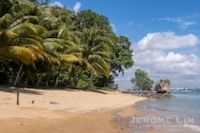
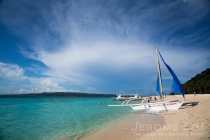

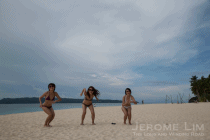

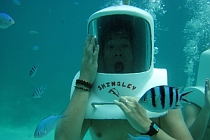
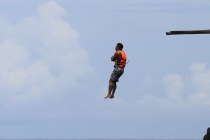
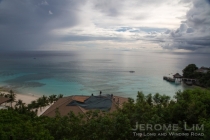



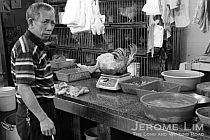
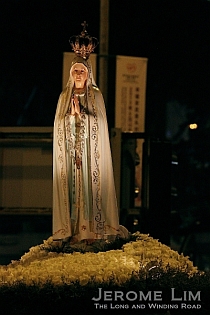
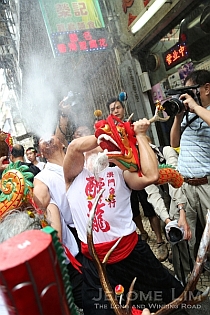
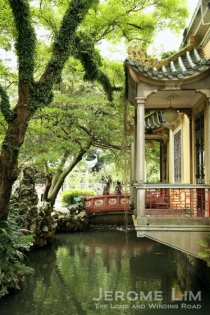
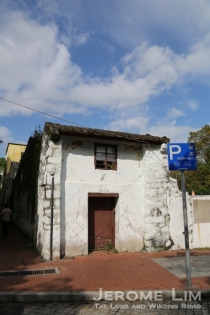
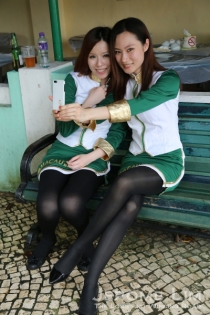
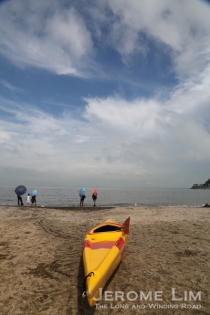





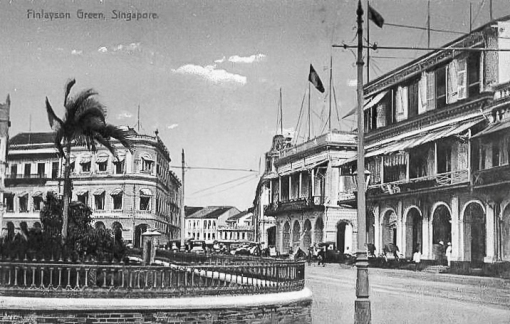
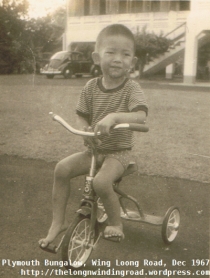
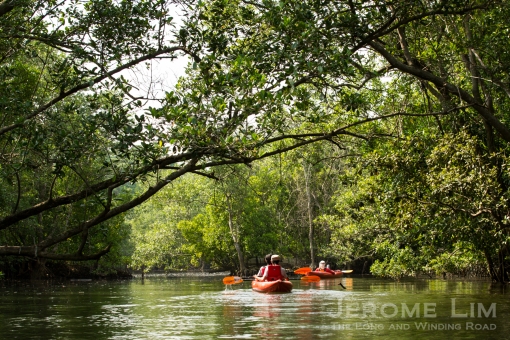
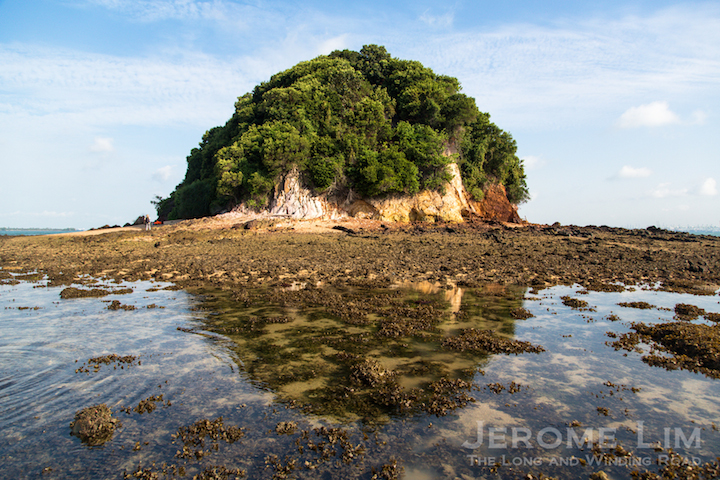

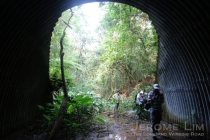
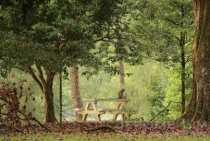
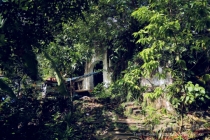
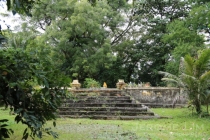
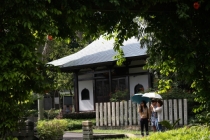
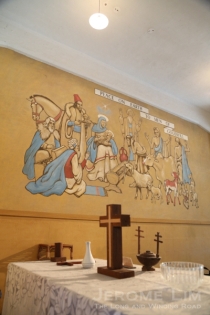





Leave a comment